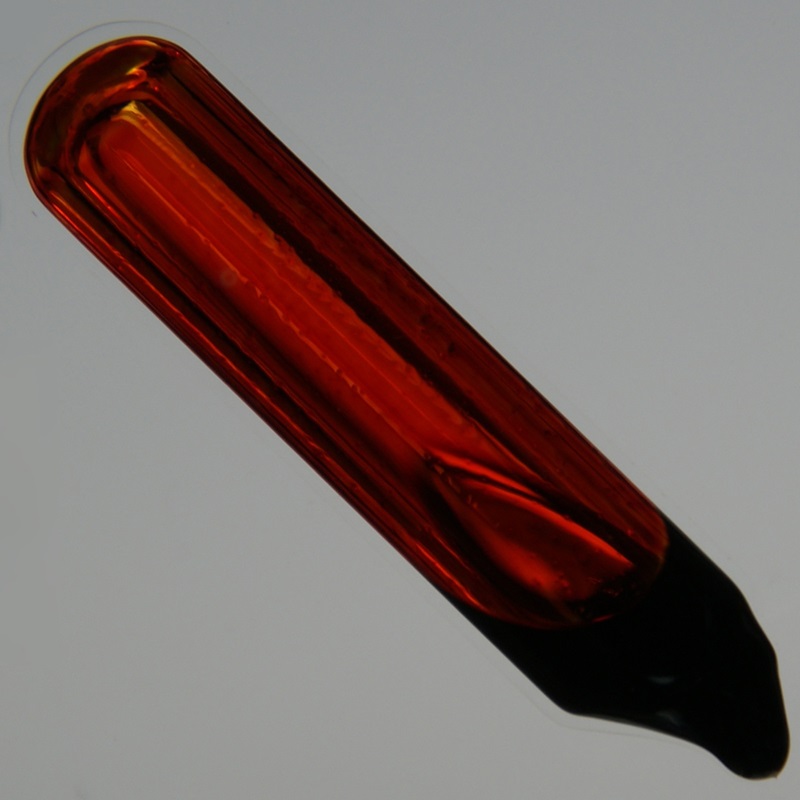Bromine
35
Br
Group
17
Period
4
Block
p
Protons
Electrons
Neutrons
35
35
45
General Properties
Atomic Number
35
Atomic Weight
79.904
Mass Number
80
Category
Halogens
Color
Red
Radioactive
No
From the Greek word bromos, stench
Crystal Structure
Base Centered Orthorhombic
History
Carl Jacob Löwig discovered bromine in 1825, while still a chemistry student at Heidelberg University, Germany.
Antoine Balard distilled the bromine from a solution of seaweed ash saturated with chlorine in 1824.
He finally published his results in 1826, providing evidence that the substance he had discovered was a new element.
Antoine Balard distilled the bromine from a solution of seaweed ash saturated with chlorine in 1824.
He finally published his results in 1826, providing evidence that the substance he had discovered was a new element.
Electrons per shell
2, 8, 18, 7
Electron Configuration
[Ar] 3d10 4s2 4p5
Bromine is the only nonmetallic element that is liquid at ordinary temperatures
Physical Properties
Phase
Liquid
Density
3.122 g/cm3
Melting Point
265.95 K | -7.2 °C | 19.04 °F
Boiling Point
331.95 K | 58.8 °C | 137.84 °F
Heat of Fusion
5.8 kJ/mol
Heat of Vaporization
14.8 kJ/mol
Specific Heat Capacity
0.474 J/g·K
Abundance in Earth's crust
0.0003%
Abundance in Universe
7×10-7%

CAS Number
7726-95-6
PubChem CID Number
24408
Atomic Properties
Atomic Radius
120 pm
Covalent Radius
120 pm
Electronegativity
2.96 (Pauling scale)
Ionization Potential
11.8138 eV
Atomic Volume
23.5 cm3/mol
Thermal Conductivity
0.00122 W/cm·K
Oxidation States
-1, 1, 3, 4, 5, 7
Applications
Bromine is used in making fumigants, flameproofing agents, water purification compounds, dyes, medicines and sanitizers.
Potassium bromide is used as a source of bromide ions for the manufacture of silver bromide for photographic film.
Bromine is also used to reduce mercury pollution from coal-fired power plants.
Potassium bromide is used as a source of bromide ions for the manufacture of silver bromide for photographic film.
Bromine is also used to reduce mercury pollution from coal-fired power plants.
Bromine is poisonous and causes skin burns
Isotopes
Stable Isotopes
79Br, 81BrUnstable Isotopes
67Br, 68Br, 69Br, 70Br, 71Br, 72Br, 73Br, 74Br, 75Br, 76Br, 77Br, 78Br, 80Br, 82Br, 83Br, 84Br, 85Br, 86Br, 87Br, 88Br, 89Br, 90Br, 91Br, 92Br, 93Br, 94Br, 95Br, 96Br, 97Br